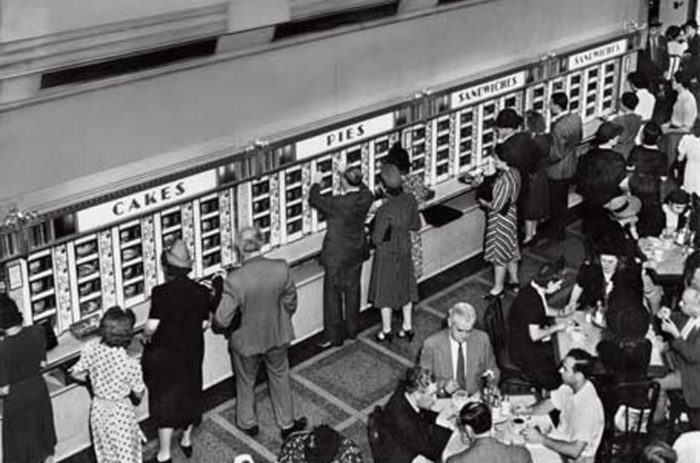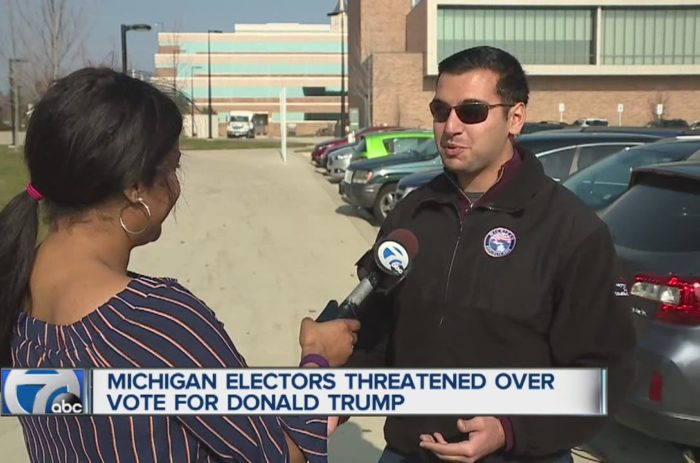The following is an excerpt from OpinionJournal.com’s “Best of the Web” written by the editor, James Taranto.
Out on a Limb
“2014 Senate Picture Promising for GOP, With Right Candidates”–headline, NationalJournal.com, Nov. 28
His Library Is Very Permissive
“Bob Saget Book Due in 2014”–headline, Associated Press, Nov. 27
Everything Seemingly Is Spinning Out of Control
“No One Reported Shot, Stabbed or Slashed in New York City on Monday, Police Sources Say”–headline, Daily News, Nov. 28
News of the Tautological
“Winner of ‘Guess the Score’ Only One to Guess Correctly”–headline, Aiken (S.C.) Standard, Nov. 27
40 More Years!
Do the Democrats have a permanent majority?
Americans elect a president every four years, and part of the postelection ritual seems to involve the victorious side’s convincing itself that future elections are superfluous–that their party has achieved what is supposed to be impossible in a democracy, a “permanent majority.” Such proclamations were especially numerous and effusive after Barack Obama’s 2008 victory.
You might think that 2010 would diminish such overconfidence in 2012, especially since Obama’s campaign this year was uglier and his margin of victory narrower than in 2008. Then again, if an incumbent can get himself re-elected in this economy, maybe the other party really is in trouble. Thus New York magazine’s Jonathan Chait can keep a straight face when he asks “How doomed are conservatives?” and answers “Pretty doomed.”
Chait makes a demographic argument, but it’s not the usual one about the electorate’s becoming more racially and ethnically diverse. Rather, he argues: “The Republicans’ long-term dilemma” is “mainly a generational one.” He bases this on findings from a Pew Research Center study:
Among the 2012 electorate, more voters identified themselves as conservative (35 percent) than liberal (25 percent), and more said the government is already doing too much that should be left to the private sector (51 percent) than asserted that the government ought to be doing more to solve problems (44 percent). But this is not the case with younger voters. By a 59 percent to 37 percent margin, voters under 30 say the government should do more to solve problems. More remarkably, 33 percent of voters under 30 identified themselves as liberal, as against 26 percent who called themselves conservative.
What all this suggests is that we may soon see a political landscape that will appear from the perspective of today and virtually all of American history as unrecognizably liberal.
Hang on here. Didn’t Winston Churchill say if you’re not liberal at 20, you have no heart, and if you’re not conservative at 40, you have no brain? Probably not, but if the quote is apocryphal, isn’t the folk wisdom behind it true?
Not according to Chait: “As another Pew survey showed, generational patterns to tend [sic] to be sticky. It’s not the case that voters start out liberal and move rightward. Americans form a voting pattern early in their life and tend to hold to it.”
But if we look at that other Pew survey, conducted in 2011, we learn the following about the “Silent Generation,” Americans born between 1928 and 1945: “Once one of the most Democratic generations, today they are the most Republican.”
As for the “Baby Boomers,” born between 1946 and 1964:
In recent years, more Boomers have come to call themselves conservatives. A majority of Boomers now favors a smaller government that provides fewer services. When they were in their 20s and 30s, Boomers were more supportive of big government. Today, almost as many Boomers as Silents say they are angry with government.
Boomers’ current attitudes bear little imprint from coming of age in an era of great social change.
Likewise for the post-Boomer “Generation X,” born between 1965 and 1980: “Gen Xers are less supportive of larger government than they once were.”
Will they be like this all their lives?
The Pew survey does find a correlation across generations between youth and liberal positions on some social issues, notably same-sex marriage and marijuana legalization (though not abortion, of which baby boomers are the most supportive). There aren’t any longitudinal data here, but our guess would be that today’s young voters’ support for same-sex marriage will prove more durable than for pot legalization, which will look less attractive when more of those in that age cohort have their own children to worry about.
It’s difficult to understand how Chait can be so confident that the future belongs to the left, and he does concede that, granted, other factors are also at work: “That isn’t to say something couldn’t shake these voters loose from their attachment to the liberal worldview. Republicans fervently (and plausibly) hoped the Great Recession would be that thing.”
It wasn’t–or at least hasn’t been so far. “So either something else is going to have to happen to disrupt the liberalism of the rising youth cohort, or else the Republican Party itself will have to change in ways far more dramatic than any of its leading lights seem prepared to contemplate.”
Well, OK, either something is going to have to happen or something else is going to happen. That’s an awfully vague basis on which to make a confident and seemingly bold prediction about the next few decades.
But we can think of something specific that is going to happen and very well may “disrupt the liberalism of the rising youth cohort.” In the next 20 years, every baby boomer alive will reach retirement age.
Liberalism has meant different things at different points in American history: If you mentioned “gay marriage” to Franklin D. Roosevelt, it’s likely you’d have been answered with a puzzled look. But central to liberalism since FDR’s day has been the transfer of wealth from the young to the old, through Social Security beginning in 1935 and Medicare beginning in 1965.
Those programs could be sustained and made increasingly generous as long as the massive baby-boom generation was contributing payroll taxes rather than collecting benefits. Once that changes, there will be an inexorable conflict between liberalism as we know it and the interests of younger voters.
For more “Best of the Web” click here and look for the “Best of the Web Today” link in the middle column below “Today’s Columnists.”



